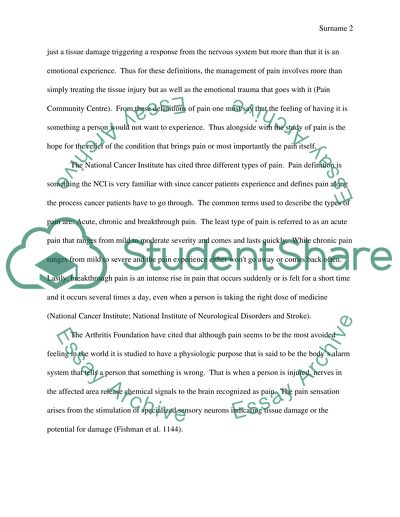Cite this document
(“Literature/journal articles review of the use of cold pressor testing Research Paper”, n.d.)
Retrieved from https://studentshare.org/health-sciences-medicine/1458047-literature-journal-articles-review-of-the-use-of
Retrieved from https://studentshare.org/health-sciences-medicine/1458047-literature-journal-articles-review-of-the-use-of
(Literature/Journal Articles Review of the Use of Cold Pressor Testing Research Paper)
https://studentshare.org/health-sciences-medicine/1458047-literature-journal-articles-review-of-the-use-of.
https://studentshare.org/health-sciences-medicine/1458047-literature-journal-articles-review-of-the-use-of.
“Literature/Journal Articles Review of the Use of Cold Pressor Testing Research Paper”, n.d. https://studentshare.org/health-sciences-medicine/1458047-literature-journal-articles-review-of-the-use-of.


